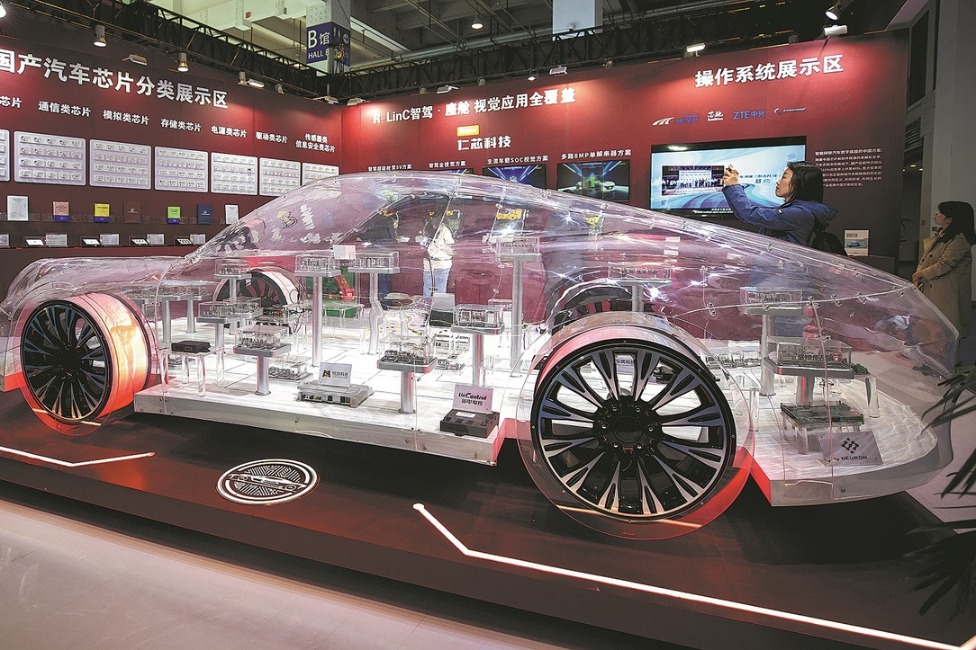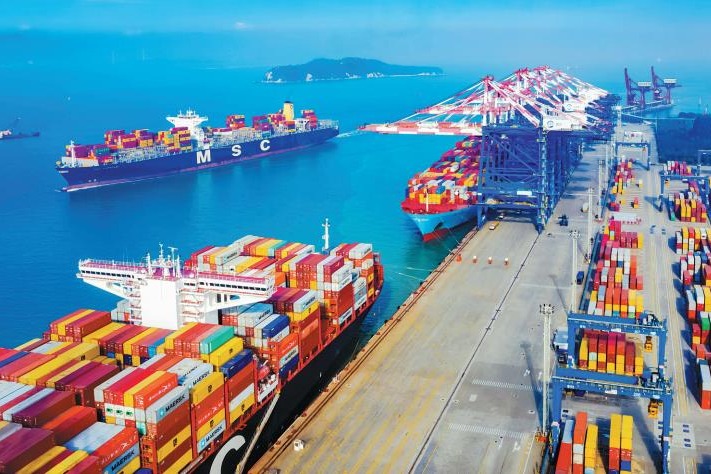Philippine election campaign enters final stretch
China Daily | Updated: 2022-05-02 09:36

MANILA-About a week before the national and local elections in the Philippines, presidential aspirants are crisscrossing the archipelago, wooing voters with plenty of promises and dancing and singing performances despite the COVID-19 threat.
As the election campaign enters its final days, sloganeering and mudslinging intensify in a desperate effort to destroy rivals.
The battle has now shifted to drone photography to show which political rally has an enormous number of attendees. Some candidates' children and supporters resort to house-to-house campaigning to personally meet voters.
Presidential aspirants bring singers and actors to entertain the crowd on the campaign trail. Personalities, not issues, usually dominate campaigns. The candidates rarely or superficially discuss how they plan to deal with ballooning debts or revitalize the pandemic-hit economy and stamp out decadeslong corruption, widespread poverty and the rising food prices.
Over 65.7 million Filipinos are expected to troop to polling stations on May 9 to elect a new president, a new vice-president, 12 of the 24 members of the Senate, and members of the House of Representatives. Data from the Commission on Elections showed that over 18,000 congressional and local positions are up for grabs.
According to the latest opinion surveys, Ferdinand Marcos Jr, son of former president Ferdinand Marcos, is favored to win with the majority of the votes in the election over his main rival, incumbent Vice-President Maria Leonor Robredo.
Other candidates trail behind the two front-runners. They include Emmanuel Pacquiao, boxing icon turned senator; Manila City Mayor and former actor Francisco Domagoso; and senator Panfilo Lacson, a former national police chief.
Riza, 31, who sells local snacks in a mall in Metro Manila, said she has not decided on the candidate she will cast her ballot for.
"It's a toss between Leni (Robredo) and Bongbong (Marcos)," she told Xinhua News Agency. Riza hopes that the upcoming elections will herald a wind of change, such as lower food prices amid the lingering threat of COVID-19 and geopolitical uncertainty.
Difficult task ahead
The new president, who will lead the Southeast Asian country for the next six years, has a difficult task ahead.
Philippine Statistics Authority data showed that 23.7 percent of the country's nearly 110 million population lives in poverty. The unemployment rate peaked at 17.6 percent in April 2020 amid the COVID-19 pandemic and has fallen to 6.4 percent in February, still above the pre-pandemic level of 5.1 percent in 2019.
More people are expected to get jobs as the government eases COVID-19-related restrictions, allowing more businesses to resume operations or increase capacity.
Since February, the government allowed fully vaccinated international travelers to enter the country, boosting tourism and employment in the service sectors. The tourism industry's share of GDP fell to 5.4 percent in 2020 from 12.8 percent in pre-pandemic 2019. Tourism is a crucial source of jobs, accounting for 13.6 percent of the country's total employment in 2019.
From 2020 to January 2022, the Department of Finance said the Philippines had borrowed 1.3 trillion pesos ($24.8 billion) to fund its COVID-19 campaign. The Asian Development Bank, or ADB, said the Philippine government's debt-to-GDP ratio widened to 60.5 percent last year from 54.6 percent in 2020.
Despite the challenges ahead, the recovery of the Philippine economy is forecast to gain traction, fueled by strengthening domestic investment and consumption. The government's GDP target this year is between 7 to 9 percent. The ADB forecasts a 6 percent GDP growth this year and 6.3 percent next year.
The country's GDP grew by 5.6 percent last year after the economy contracted 9.6 percent in 2020 due to the pandemic.
Xinhua
























